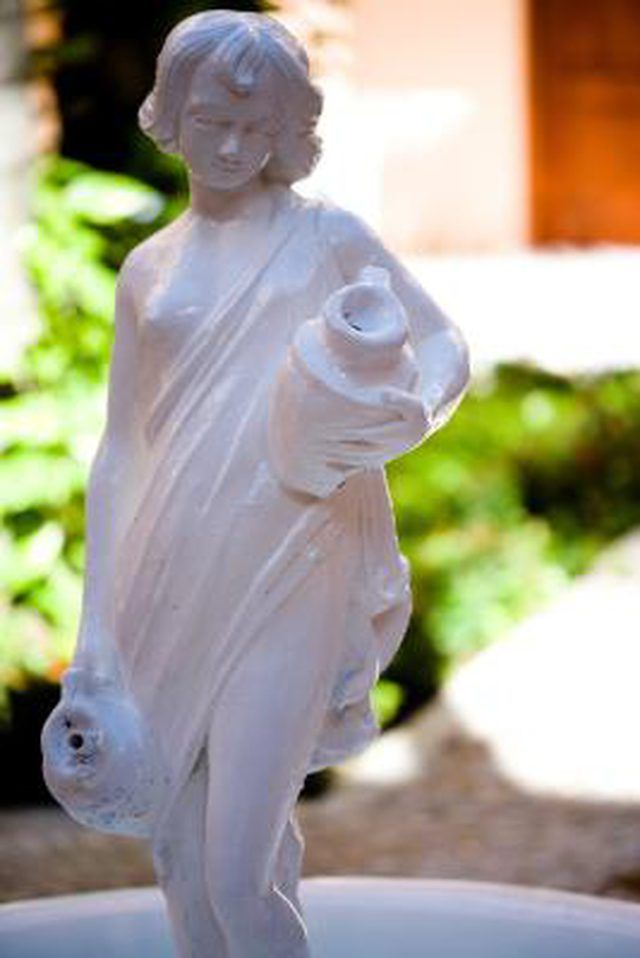Bulbs
Flower Basics
Flower Beds & Specialty Gardens
Flower Garden
Garden Furniture
Garden Gnomes
Garden Seeds
Garden Sheds
Garden Statues
Garden Tools & Supplies
Gardening Basics
Green & Organic
Groundcovers & Vines
Growing Annuals
Growing Basil
Growing Beans
Growing Berries
Growing Blueberries
Growing Cactus
Growing Corn
Growing Cotton
Growing Edibles
Growing Flowers
Growing Garlic
Growing Grapes
Growing Grass
Growing Herbs
Growing Jasmine
Growing Mint
Growing Mushrooms
Orchids
Growing Peanuts
Growing Perennials
Growing Plants
Growing Rosemary
Growing Roses
Growing Strawberries
Growing Sunflowers
Growing Thyme
Growing Tomatoes
Growing Tulips
Growing Vegetables
Herb Basics
Herb Garden
Indoor Growing
Landscaping Basics
Landscaping Patios
Landscaping Plants
Landscaping Shrubs
Landscaping Trees
Landscaping Walks & Pathways
Lawn Basics
Lawn Maintenance
Lawn Mowers
Lawn Ornaments
Lawn Planting
Lawn Tools
Outdoor Growing
Overall Landscape Planning
Pests, Weeds & Problems
Plant Basics
Rock Garden
Rose Garden
Shrubs
Soil
Specialty Gardens
Trees
Vegetable Garden
Yard Maintenance
How to Paint a Fiberglass Fountain
How to Paint a Fiberglass Fountain. Whenever you're dealing with painting a moisture-rich surface, imperviousness to water has to be a top priority. With a fountain that's always wet, this means choosing a paint that's not only durable, but also shrugs off water easily without any effect on paint bond or color. Epoxy swimming pool paint meets both...

Whenever you're dealing with painting a moisture-rich surface, imperviousness to water has to be a top priority. With a fountain that's always wet, this means choosing a paint that's not only durable, but also shrugs off water easily without any effect on paint bond or color. Epoxy swimming pool paint meets both those requirements. The paint goes on smoothly like any other epoxy coating, hardening into a durable coating that resists the small dings and scratches of normal wear and tear. In addition, epoxy pool paint is largely unaffected by water, lasting years without loss of color due to its high UV protection.
Things You'll Need
Screwdriver
Wrench
Bleach
Bucket
Sponge
Brass bristle brush
Epoxy primer
Paintbrush
Epoxy pool paint
Turn the pump directing water through the fountain off, and then remove the pump mechanism with screwdriver and wrench, leaving only the fiberglass fountain body behind.
Clean any dirt or debris from the fountain using a cleanser created from 1 cup of bleach mixed in with 1 gallon of water in a 2-gallon bucket. Use a sponge and a brass bristled brush to clean all of the nooks and crannies of the fountain. The bristles of a brass brush are softer than a steel wire brush and will not scratch the fountain surface.
Rinse the cleanser from the fiberglass and allow the fountain to dry completely for about 3 hours.
Apply an epoxy primer to the fountain in two thin layers to build up the primer coat. Use a paintbrush, working from the top of the fountain to the bottom to apply the primer, and make sure that you've covered the molded color of the fiberglass is completely in primer color. Give the primer two hours drying time before continuing.
Apply your topcoat of epoxy pool paint color over the primer coat, working as you did with the primer from top to bottom. Use multiple thin layers, allowing each layer to dry for about an hour until you cover the primer layer. Allow the last layer seven days of curing time before reconnecting the pumping mechanism and restarting the fountain.